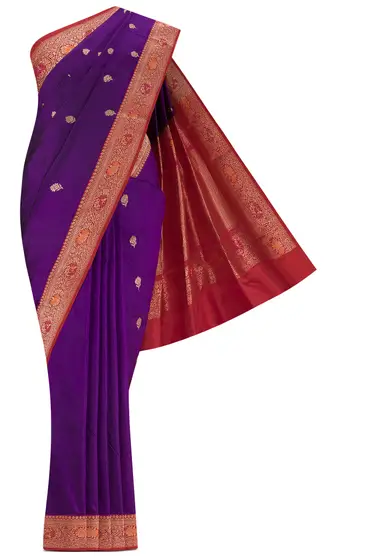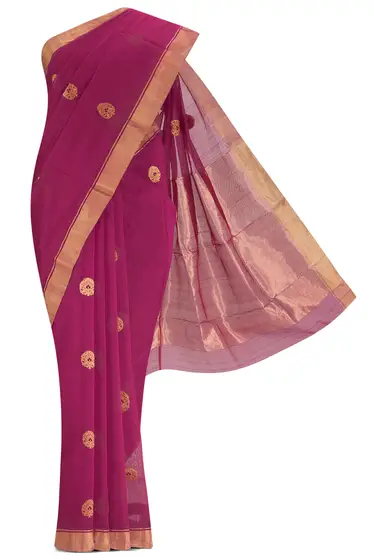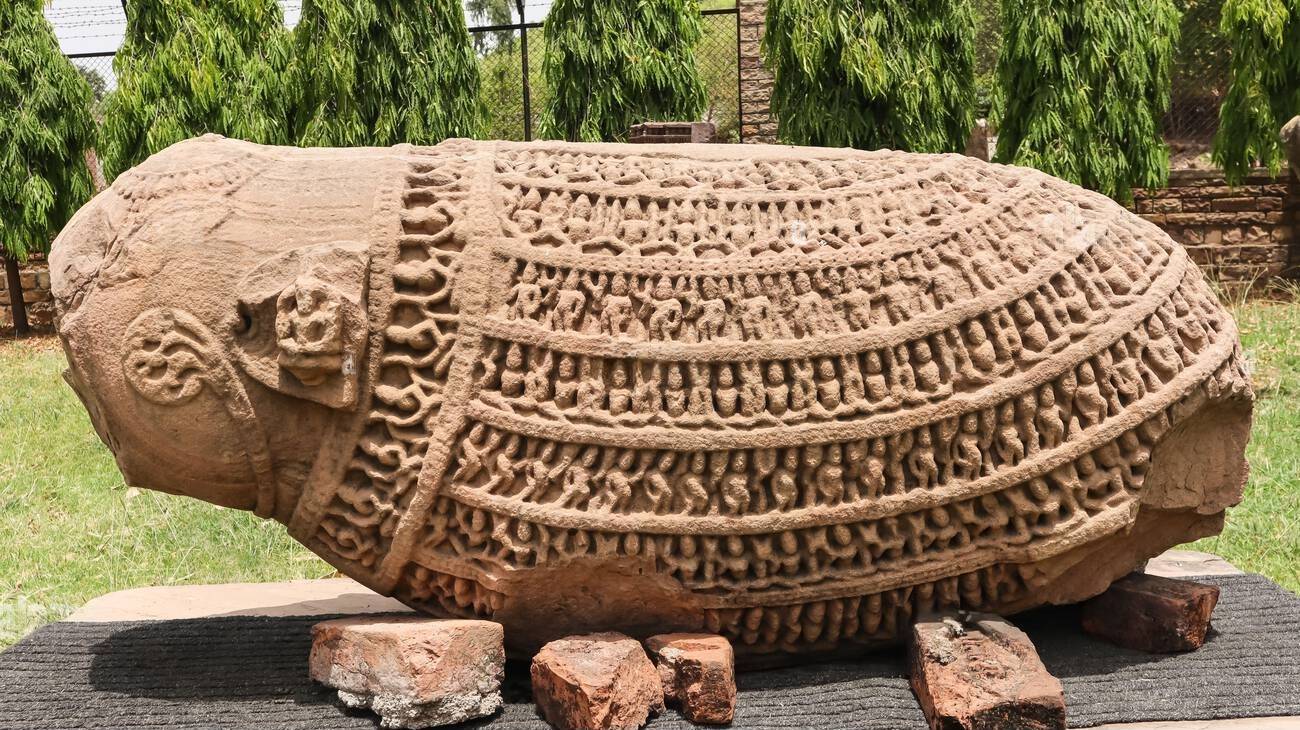Chanderi sarees are renowned for their exquisite craftsmanship, delicate weaving, and rich history. These sarees are an integral part of Indian textile heritage and are highly sought after for their elegance and beauty. Here’s more about the famous Chanderi sarees:


Origin and Weaving Technique
Chanderi sarees take their name from the town of Chanderi in Madhya Pradesh, India. They have a history that dates back to ancient times, and the weaving techniques have been passed down through generations. The sarees are traditionally woven using a blend of silk and cotton threads, which gives them their characteristic sheer and glossy texture. These sarees are known for their lightweight nature, making them comfortable to wear in various seasons.
Designs and Patterns
Chanderi sarees are known for their intricate and artistic designs. They often feature handwoven motifs inspired by nature, such as peacocks, flowers, and geometric patterns. The borders and pallus (the hanging end of the saree) are usually adorned with beautiful embellishments, adding to their charm.
Varieties
Chanderi sarees come in various varieties, each distinguished by its weaving technique, fabric, and design:
Chanderi Silk Sarees: These sarees are crafted using pure silk threads, resulting in a luxurious and glossy texture. They are often chosen for special occasions and events.
Chanderi Cotton Sarees: Cotton Chanderi sarees are lighter and more breathable, making them ideal for everyday wear and warm weather.
Chanderi Maheshwari Sarees: Maheshwari sarees are a variation of Chanderi sarees and are woven in the nearby town of Maheshwar. They feature distinctive patterns and reversible borders.
Craftsmanship and Artistry
Creating Chanderi sarees is a labor-intensive process that involves intricate craftsmanship. The weaving process is done on traditional handlooms, where skilled artisans meticulously interlace silk and cotton threads to create the delicate patterns. The weaving technique and attention to detail give Chanderi sarees their characteristic transparency and shimmer.
Cultural Significance
Chanderi sarees hold cultural and historical significance. They have been patronized by royalty and nobility throughout history. Today, they are worn by women on various occasions, from weddings and festivals to formal gatherings.
Preservation and Promotion
Efforts have been made to preserve and promote the art of Chanderi weaving. Government initiatives and NGOs work to support the livelihoods of local weavers and ensure the continuation of this traditional craft.
Chanderi sarees are not just garments; they are embodiments of intricate artistry and cultural heritage. Their timeless elegance continues to captivate people both within India and around the world, making them an essential part of the Indian textile legacy.


